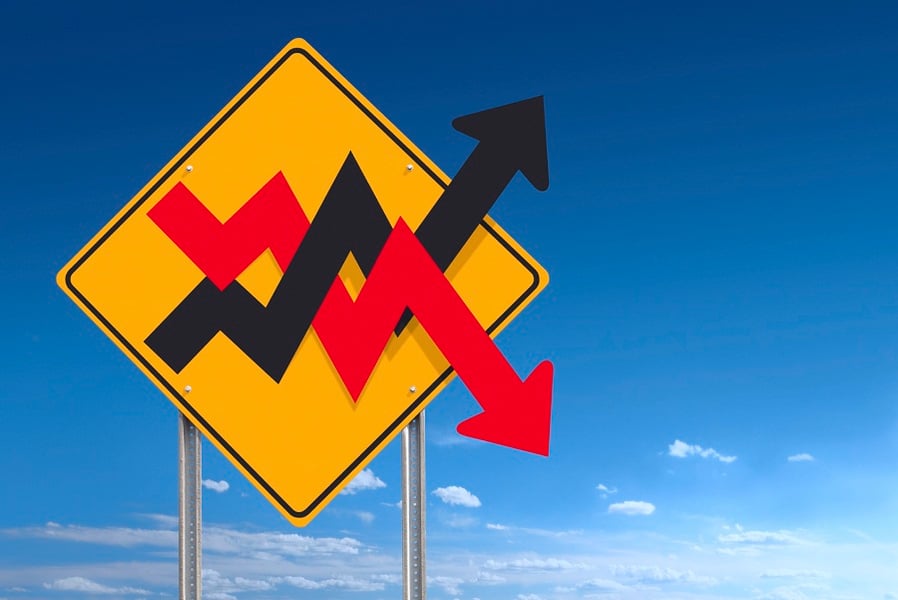The S&P 500 Index has gained nearly 19% from the February market lows, and the reports are stacking up in favor of a pullback over the next couple months.
August, which is typically one of the slowest months for Wall Street activity, is also among the more volatile for stocks.
According to S&P Capital IQ, since 1945 a third of the monthly declines of 5% over more have occurred in August and September, with each month representing 17% of the total declines of 5% or more.
Most financial advisers will be shunning such short-term thinking as something that can and should be ridden through, but that doesn't stop the prognosticators from crying wolf.
On Friday, DoubleLine Capital chief executive Jeffrey Gundlach reiterated his
taste for gold and gold miner stocks as a hedge against the mounting risk across virtually all other markets and asset classes.
“The stock markets should be down massively but investors seem to have been hypnotized that nothing can go wrong,” Mr. Gundlach told Reuters.
Market strategists at Goldman Sachs have come out
advising investors to start “underweighting” their equity exposure, largely on the basis that the appetite for risky investments is declining.
Bob Rice, chief investment strategist at Tangent Capital, agreed that risk is mounting and that there might be a temptation to “start taking some chips off the table.”
“There's certainly no end to the list of things that could dramatically shake up the markets right now,” he added. “But I'm not a huge fan of super-short-term market timing.”
One of the biggest risks he sees right now is a sudden uptick in inflation that causes the Federal Reserve to hike interest rates.
“It's become such accepted wisdom that inflation is gone forever, but you are starting to see some hints of wage inflation and higher rents,” he added. “There really is a lot of risk out there right now, and the big nasty surprise would be a couple of upticks in inflation.”
Mr. Rice said he wouldn't advise jumping out of the stock market to try and sidestep the volatility, but rather start allocating more assets to some long-short strategies that are designed to dampen market volatility.
Even with the S&P's solid rally off the February lows, the past couple of weeks leading up to the first trading day of August have been lackluster for stocks.
The trading range of the S&P over the past 11 days have been calculated as the
narrowest range seen by the index in 45 years.
But that doesn't change the reputation of August as an unstable period for the financial markets.
Larry Pitkowsky, co-manager of the
GoodHaven Fund (GOODX) , recognizes the potential for later summer volatility and is ready to embrace it.
“We always hope there will be more periods of volatility,” he said. “People need to understand that volatility doesn't equate to risk, it means prices are bouncing around, and we love that. Volatility is a friend of the long-term-oriented value investor who is not levered and has some liquidity.”
Paul Schatz, president of Heritage Capital, has a similar attitude about August-September market volatility, mostly because he doesn't view the volatility as an end to the market's run.
“August has traditionally been a difficult month for stocks, especially when coming off a high,” he said. “However, market fundamentals have been strong and I think August will be a consolidation month more than anything else. I will really be surprised if we get down even by 5% in August.”







